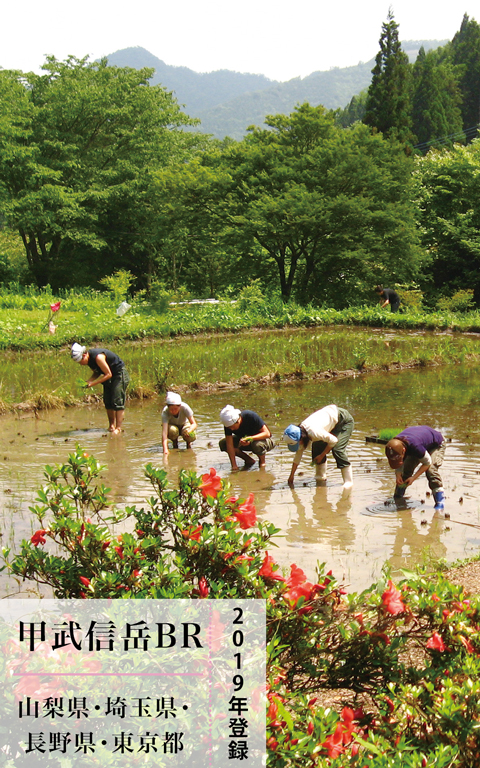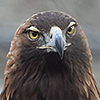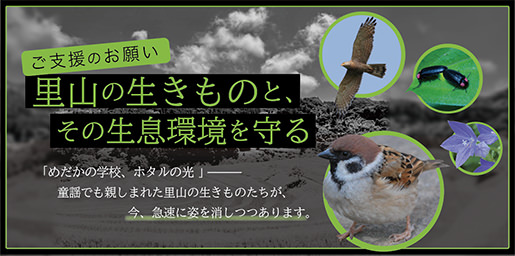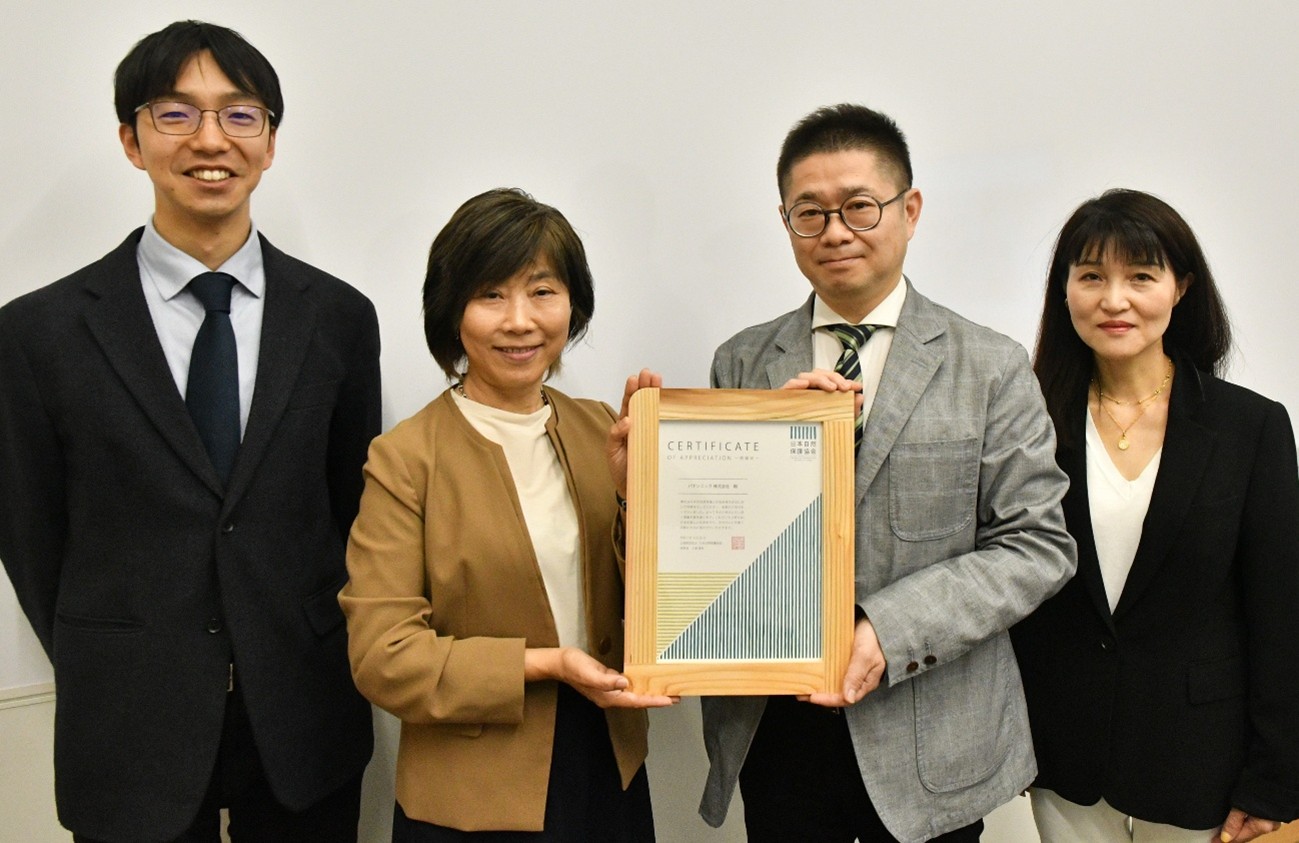2023.02.15(2025.04.24 更新)
“UNESCO Biosphere Reserve” Promotes the Achievement of SDGs
読み物
専門度:

テーマ:ユネスコエコパーク
フィールド:UNESCO Biosphere Reserve
Nobuhiko WAKAMATSU, Conservation Division
The year 2021 marks the 70th anniversary of Japan’s accession to UNESCO (United Nations Educational, Scientific and Cultural Organization) and the 50th anniversary of UNESCO’s Man and the Biosphere (MAB) Programme, an international scientific program that aims to enhance the relationship between humans and their environment UNESCO Biosphere Reserve (hereinafter BR) is a community-based nature reserve for the balance of nature conservation and the sustainable use of natural resources and established in 1976 as a central part of the MAB Programme. Here we report on the current status and future of BRs in Japan.
*BRs in Japan are called “ユネスコエコパーク(UNESCO Eco-Parks)” to make them more familiar to local people.
History of BRs in Japan
At present, there are 10 BRs in Japan. The first was designated in 1980. At that time, Mr. Makoto Numata, who was also the chairman of The Nature Conservation Society of Japan (NACS-J), was a member of the MAB committee and promoted BRs in Japan. However, there were no new BRs designated in Japan for over 30 years. After years of hibernation, BR in Japan re-emerged in 2012 with the designation of Aya BR in Miyazaki Prefecture. Throughout the country, many of the lucidophyllous forests had been cut down or destroyed though, Aya Town preserved a large area of forests. When Aya BR was designated, the Aya Lucidophyllous Forest Project which five public and private sectors including NACS-J, signed an agreement to work together for the protection and restoration of the surrounding secondary and planted forests, was especially valued.
In the past 10 years, six new sites including Aya BR have been designated, and NACS-J acted as a key promoter and supporter. Recent designations were Minakami BR and Sobo, Katamukiand Okue BR in 2017, and Kobushi BR in 2019.
The Minakami BR, in Gunma Prefecture, is in the uppermost basin of the Tone River, which supports the livelihoods of 30 million people who are about 80% of the Greater Tokyo Area. Akaya Project, one of the core efforts of this BR, is promoted in collaboration with NACS-J, the Kanto Regional Forest Office of the Forestry Agency, and the Akaya Project Regional Council which is an organization of local residents.
The Kobushi BR covers Okuchichibu main ridge, including Kobushigatake, which is the water source for major rivers, the Arakawa River, Tama River, Fuefuki River, and Chikuma River. This BR is characterized by nature conservation activities of many organizations and local residents who are conscious of the importance of forest management and an integrated water environment in the basin.
The Sobo, Katamuki and Okue BR is characterized by steep mountain terrain and beautiful valleys, and there are the highest mountains of Kyushu. The BR contains rich biodiversity is formed as the secondary natural environment with valuable animals and plants and their habitats.
BR Moving Forward to the Achievement of SDGs
Currently, 738 BRs in 134 countries are managed and operated under the “MAB Strategy (2015-2025)” adopted in 2015 and the “Lima Action Plan (2016-2025)” adopted in 2016. The MAB Strategy is aimed at achieving the Sustainable Development Goals (SDGs) adopted by the United Nations, and the Lima Action Plan outlines the actions for effective implementation.
The SDGs are international goals for a sustainable and better world by 2030, as stated in the “2030 Agenda for Sustainable Development” adopted at the UN Summit in 2015. Consisting of 17 goals and 169 targets, the SDGs pledge to “leave no one behind” on earth. In Japan, this concept is becoming increasingly popular among local governments, companies, and other organizations.
NACS-J has been involved in the “UNESCO Future Co-creation Platform Project” commissioned by the Ministry of Education, Culture, Sports, Science and Technology (MEXT) to promote efforts to achieve SDGs in BR since July 2020. In this project, we plan and organize conferences and seminars to facilitate interaction between BRs to learn from each other to solve the problems they face. We also aim to collaborate with other UNESCO programs.
Bringing “Satoyama” and “Satoumi” as BRs
While BR activities in Japan are becoming more active, we are now challenging to aim for “Satoyama” and “Satoumi” sites as BRs. Satoyama and Satoumi are traditional Japanese rural landscape areas where people live and coexist with nature through the sustainable use of natural resources. Therefore, they may be in line with the fundamental principles of BR. However, at present in Japan, BR’s core area needs some protection regimes such as national parks, and only such protected areas and their surrounding areas can be designated.
NACS-J will seek a designation for Satoyama and Satoumi as proposing amendments of required regimes or rules to designate BR in Japan.
 Kobushi Biosphere Reserve
Kobushi Biosphere Reserve
Yamanashi Pref., Saitama Pref., Nagano Pref., Tokyo Metropolis
Designated in 2019
Characterized by dense subalpine coniferous forests and rare butterfly species, it has been a water conservation forest for the Greater Tokyo Area and surrounding areas.
 Sobo, Katamuki and Okue Biosphere Reserve
Sobo, Katamuki and Okue Biosphere Reserve
Oita Pref., Miyazaki Pref.
Designated in 2017
A wide range of vegetation, from lucidophyllous forests to beech forests, and rare species can be found. At the foot of the mountain, local residents are engaged in the sustainable use of natural resources and environmental conservation activities.
 Minakami Biosphere Reserve
Minakami Biosphere Reserve
Gunma Pref., Niigata Pref.
Designated in 2017
Diverse fauna and flora exist in this distinctive ecosystem. The photo shows the place as a hunting ground for golden eagles by cutting down trees in an abandoned planted forest.
この記事のタグ




 主な活動 TOP
主な活動 TOP
 支援の方法TOP
支援の方法TOP 会員制度/入会申込み
会員制度/入会申込み 遺贈・遺産・お香典のご寄付
遺贈・遺産・お香典のご寄付 チャリボン(本・DVD等での寄付)
チャリボン(本・DVD等での寄付) お宝エイド(不用品の買取寄付)
お宝エイド(不用品の買取寄付) 寄付金控除・褒章制度について
寄付金控除・褒章制度について その他の支援方法
その他の支援方法 講習会日程一覧・お申込み
講習会日程一覧・お申込み






